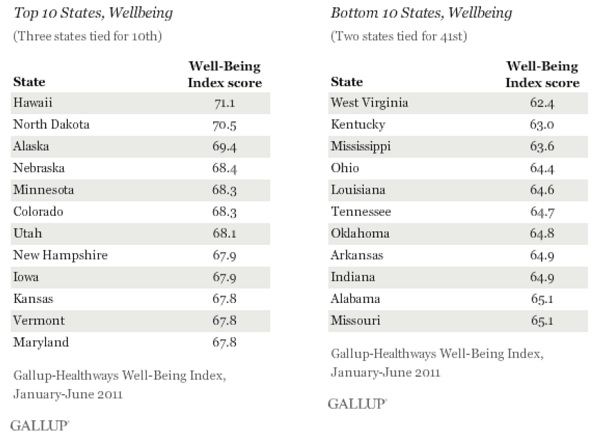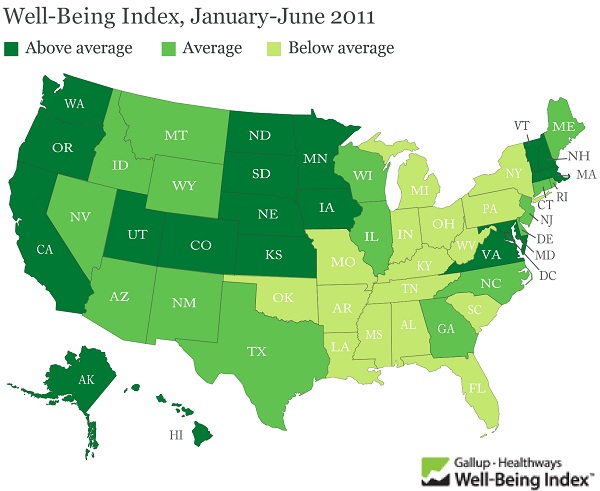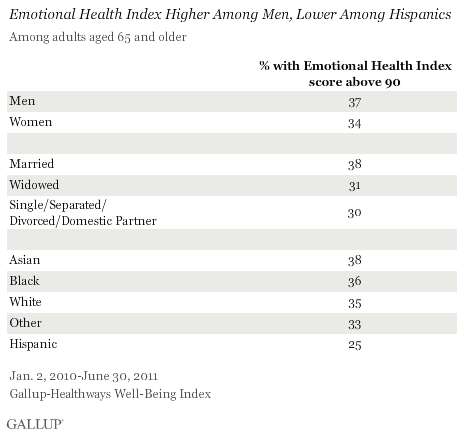Bill Clinton Goes Vegan?
Posted on
The former president, known for his love of burgers, barbecue and junk food, has gone from a meat lover to a vegan, the strictest form of a vegetarian diet. He says he eats fruits, vegetables and beans, but no red meat, chicken or dairy.
Clinton, 65, who had quadruple bypass surgery in 2004 and then stent surgery in 2010, is following this eating plan to improve his heart health.
He talked about his plant-based diet last year, saying he lost 24 pounds on it for his daughter Chelsea’s wedding, and he chatted about it again recently on TV, drawing national attention to the potential health benefits of this type of diet.
“Veganism is the most extreme type of vegetarianism,” says Marion Nestle, a nutrition professor at New York University.
Types of vegetarians:
- Lacto-Ovo Vegetarian: Does not eat meat, fish or fowl. Eats dairy and egg products.
- Ovo Vegetarian: Does not eat meat, fish, fowl or dairy products. Eats egg products.
- Lacto Vegetarian: Does not eat meat, fish, fowl or eggs. Eats dairy products.
- Vegan: Does not eat any animal products including meat, fish, fowl, eggs, dairy, honey, etc. Source: The Vegetarian Resource Group
About 3% of U.S. adults are considered full-fledged vegetarians because they never eat meat, poultry, fish or seafood, and about 1% of people are vegans because they also never eat dairy, eggs or honey, says the Vegetarian Resource Group. “The percentage of vegetarians has doubled since 1994,” says John Cunningham, consumer research manager for the organization.
Elizabeth Turner, editor in chief of Vegetarian Times, says, “A much larger number of people — 22 million based on a poll the magazine did in 2008 — are what I’d describe as vegetarian-inclined. These are the people who might have the occasional chicken or fish. They’re interested in vegetarianism and moving in a veg direction, but they aren’t all the way there yet.
“What the science shows is that people who are vegetarians have a lower risk of heart disease and cancer, especially colon cancer, and they tend to live longer,” Turner says. “They’re also less likely to be overweight.”
But, “a vegetarian diet is not by definition a healthy one. You can’t just replace meat with French fries,” she says. “What makes a great vegetarian diet is eating whole foods that come from the earth like whole grains, fruits, vegetables, beans and nuts. Beans are the ultimate source of protein, and they are loaded with fiber.”
Clinton says he was inspired to follow a low-fat, plant-based diet by several doctors, including Dean Ornish, author of Dr. Dean Ornish’s Program for Reversing Heart Disease. Ornish has been working with Clinton as one of his consulting physicians since 1993.
I have certainly modified my diet over the past year. But, I still enjoy limited amounts of red meat and poultry.
Diet, plus exercise = good health and a longer life.







